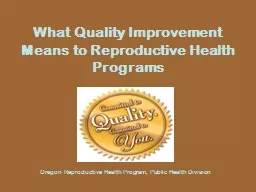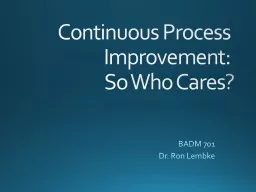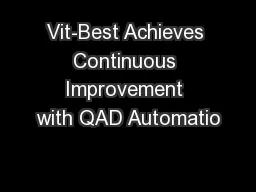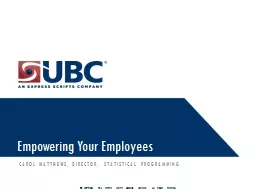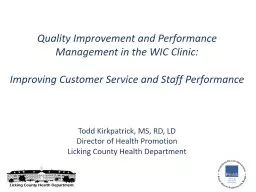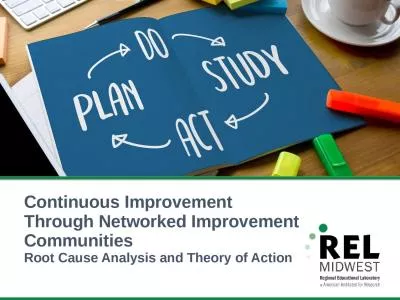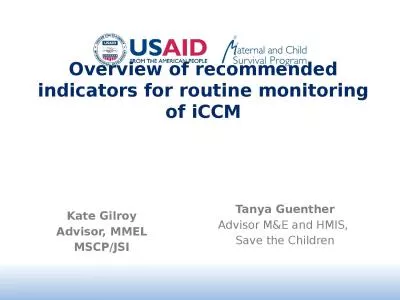PPT-Empowering staff to deliver continuous quality improvement as a routine
Author : pamella-moone | Published Date : 2019-12-09
Empowering staff to deliver continuous quality improvement as a routine Kevin Gibbs Clinical Pharmacy Manager At the end of the session participants will be able
Presentation Embed Code
Download Presentation
Download Presentation The PPT/PDF document "Empowering staff to deliver continuous q..." is the property of its rightful owner. Permission is granted to download and print the materials on this website for personal, non-commercial use only, and to display it on your personal computer provided you do not modify the materials and that you retain all copyright notices contained in the materials. By downloading content from our website, you accept the terms of this agreement.
Empowering staff to deliver continuous quality improvement as a routine: Transcript
Download Rules Of Document
"Empowering staff to deliver continuous quality improvement as a routine"The content belongs to its owner. You may download and print it for personal use, without modification, and keep all copyright notices. By downloading, you agree to these terms.
Related Documents




